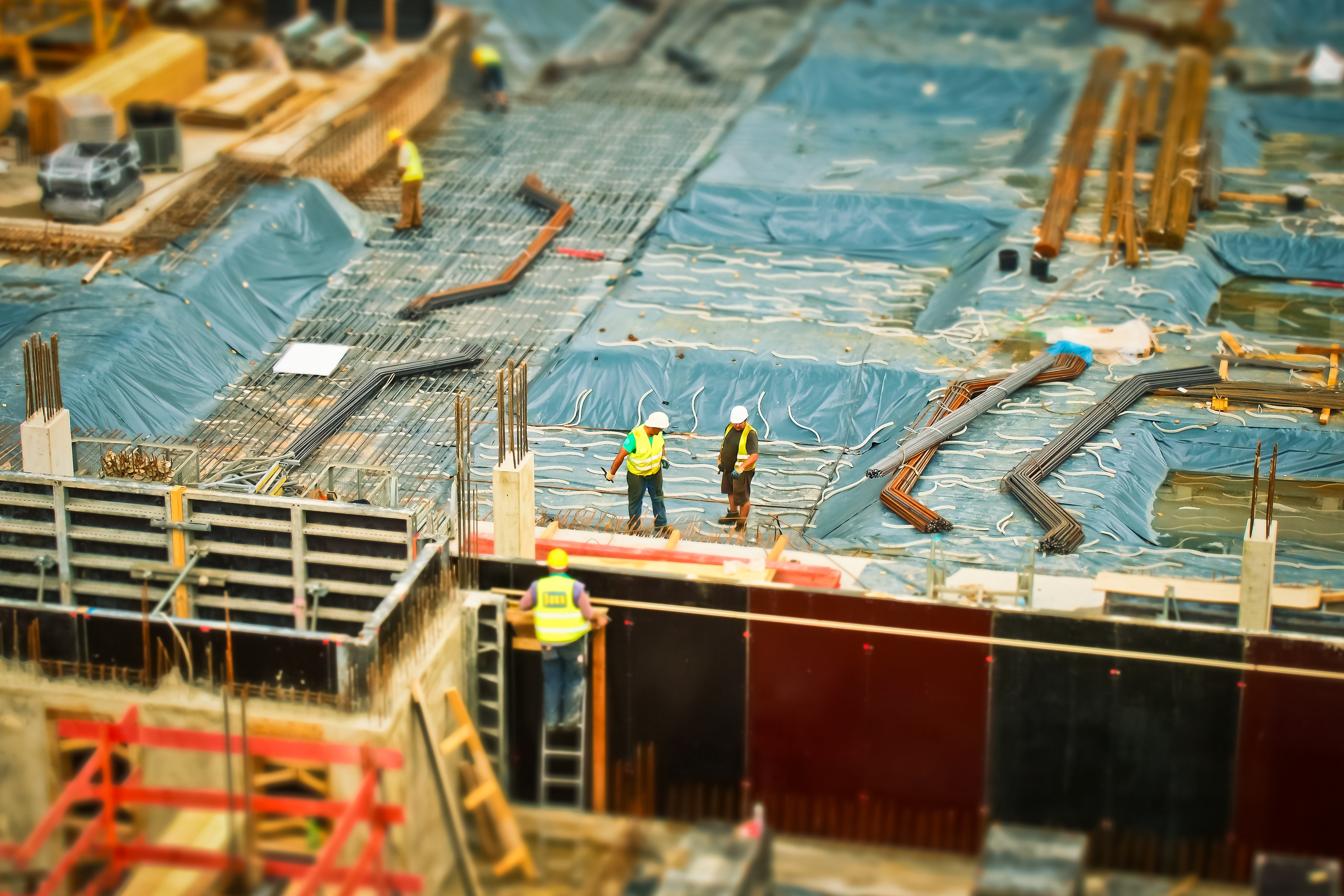
The complete conference can be viewed on YouTube (in French only).
The hidden virtues of renovation
Low-carbon labels are more generally associated with new builds rather than renovation projects. Yet, Armelle Langlois, Director Sustainable Performance Division at VINCI Construction France, points out that the low-carbon renovation market is growing rapidly. It is true that the LCA (Life-Cycle Analysis) method is having a profound effect on the perceived notion that new builds should be more virtuous than renovations where carbon performance is concerned. For example, reusing the building envelope in renovated buildings saves around 300 kg carbon equivalent per square metre, putting the carbon balance of a renovated building ahead of new builds for several decades.

The method used to calculate the carbon balance applicable to a renovation project is basically the same as for a new build. Hélène Genin, General Delegate at BBCA (Low Carbon Building Association), pointed out that the four indicators used to measure the carbon balance of a renovated building are:
- Operation, the building’s heating and air conditioning can account for as much as 80 to 90% of greenhouse gas emissions in the case of a thermal renovation
- Materials. Demolishing and replacing non-recovered materials will have an effect on the building’s carbon balance
- Carbon storage by the materials used in the building’s construction
- Circular economy, the key point in renovation. The recovery of materials, sharing space or improved reversibility will be taken into account when calculating the carbon balance.
The BBCA label, which is based on the above four indicators, has already granted its certification to almost 40 buildings, including three renovations, since its “BBCA Renovation” label was introduced in October 2018.
The circular economy: principal driver for achieving a lighter carbon balance for a renovation
Given that construction waste accounts for 25% of greenhouse gas emissions in France, the reuse of materials has a preeminent effect on significantly reducing this source of emissions. Contractors and programme managers are working together to change practices and encourage a more virtuous and planned reuse of materials. The Circolab non-profit, of which VINCI Construction France is a founding member, brings together programme managers to use and recover construction waste. The method adopted to calculate an operation’s carbon balance also encourages this paradigm shift: any replacement of components (carpet, timber flooring, etc.) now has a negative effect on the carbon balance as it must include the carbon footprint of any new materials, the time required to amortise the materials replaced and the waste produced.

For Anne Keusch, Director of Sustainable Development and Innovation at Groupama Immobilier, the transition to the circular economy will be quite challenging. It will be necessary to prove that the reuse is competitive compared with new materials, and moderate the fears of insurers which are still hesitant about insuring reused materials despite their traceability. The circular economy implies additional operations (remove, palletise, transport and above all store the recovered materials), which leads to an additional cost claimed to be between 10 and 20% compared with renovation using conventional materials. These challenges are shared by Salim Mahamdou, Manager Quality and Environment at Neom, a VINCI Construction France subsidiary specialising in demolition preparation, asbestos removal and demolition, for whom recycling materials goes hand-in-hand with reducing the emissions produced by dismantling machinery by encouraging the use of electricity.
However, before thinking about reuse, the effort to reduce the carbon footprint starts with the design and choice of materials. Exact data is not yet available to make the best choices during the construction and renovation stages. Environmental and health declaration reference data sheets for numerous products still only provide theoretical figures. BBCA is already calling for the publication of exact data in order to measure more precisely a building’s carbon footprint. Simplicity and legibility are the future catchwords that should direct the sector’s stakeholders in the future.
The determination of all the stakeholders and their commitment to exceeding current low carbon standards will be essential in creating new standards in favour of renovation and its reduced carbon footprint.